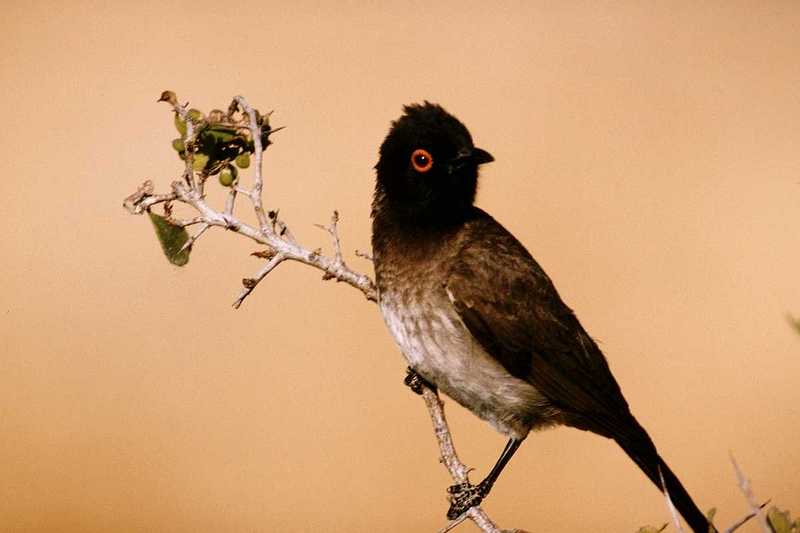|
| Query: bird | Result: 3806th of 32671 | |
IDENTIFY this bird - Red-eyed Bulbul?
| Subject: | IDENTIFY this bird - Red-eyed Bulbul?
| | Poster: | Kim Jinsuk (jskim@bioinfo.kordic.re.kr)
| |

| File size : 55740 bytes
File date : 1998:12:01 09:00:00
Resolution: 1200x799
Jpeg process : Baseline
Posted Newsgroups: alt.binaries.pictures.animals
Posted Date: Thu, 19 Nov 1998 00:10:37 +0000 |
|
|

